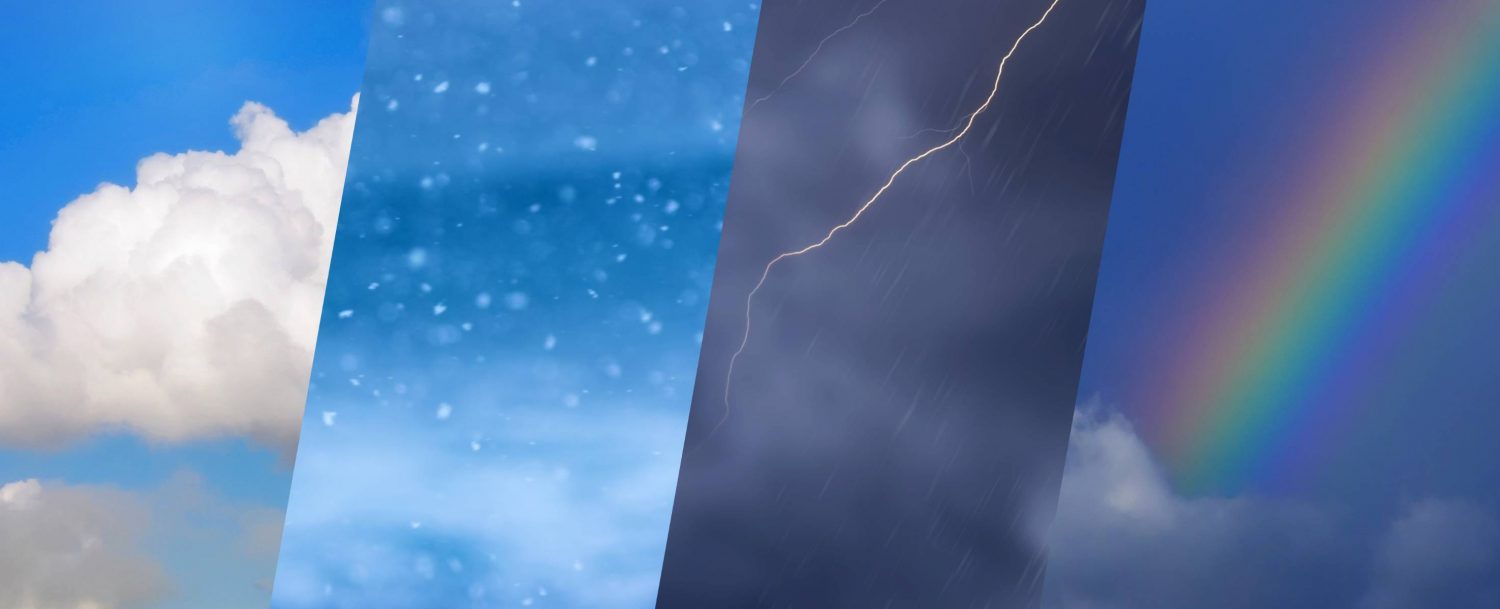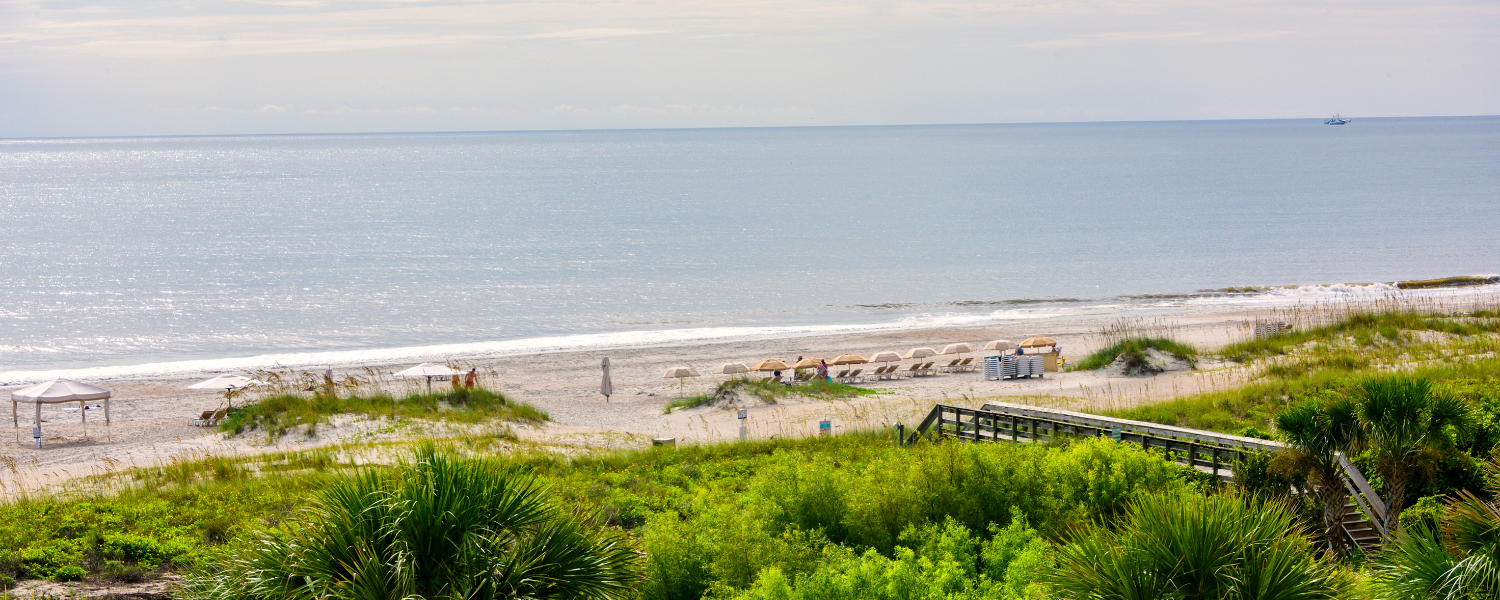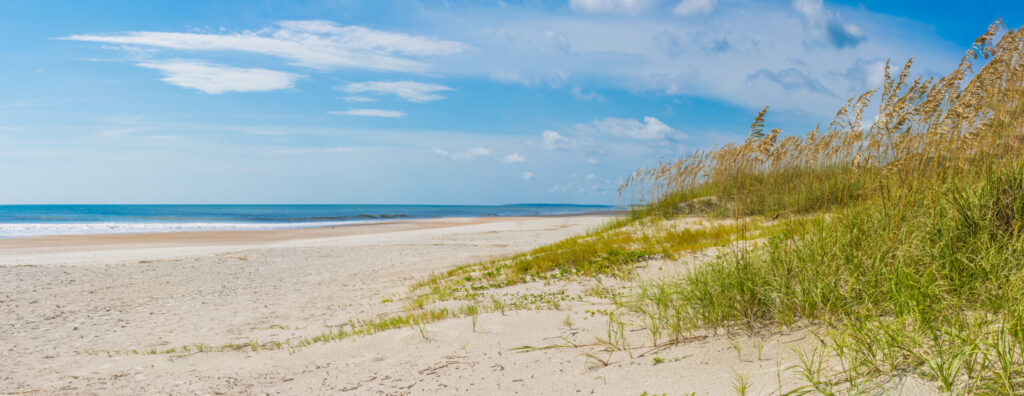Amelia Island historical weather gives us a peek into the past! Learning about the weather history here is like exploring the story of each season, month, and day. It’s amazing to see how the temperatures, humidity, and rainfall have changed over time.
Amelia Island has seen all kinds of weather, from warm sunny days to chilly, cloudy times. By looking back at historical weather records, we can see patterns that help us understand what makes this island’s climate so special. Whether planning a visit or just curious, Amelia Island’s historical weather gives us a fun way to explore the past!
What is Amelia Island Historical Weather
Amelia Island historical weather refers to the past weather data collected on the island over the years. By looking at this data, we can learn about the typical temperatures, rainfall, and seasonal patterns in the area.
Studying this historical weather helps us understand how the climate has changed. It also shows what kind of weather people on Amelia Island might expect during different times of the year. This makes it easier to plan activities or vacations on the island.
For example, knowing the island’s average temperatures can help visitors pack the right clothes. Understanding Amelia Island historical weather also gives people a better idea of the best months for outdoor fun.
How Weather Patterns on Amelia Island Have Changed Over the Years
The weather patterns on Amelia Island have shown some changes over time. Some years have had warmer winters, while others have seen more rain than usual. By studying Amelia Island historical weather, we can spot these changes.
In recent decades, some seasons may have become warmer or colder than in the past. This can be due to natural climate shifts or human impact on the environment. Observing these shifts helps scientists understand how climate works on a small scale.
These changes can also affect plants, animals, and daily life. For example, warmer temperatures might mean different types of plants grow on the island, or certain animals may visit more often.
Amelia Island Historical Weather: Why It’s Fun to Learn About

Learning about Amelia Island historical weather can be a fun way to explore history. Weather data from past years tells stories about what people experienced. Imagine feeling the heat of the hottest summer or the chill of the coldest winter!
This weather data also tells us about events like storms or droughts. By understanding past weather, we can imagine how people lived through different weather challenges. It’s like connecting with the past through nature’s changes.
Plus, learning about weather history helps us plan better for the future. Knowing what weather to expect can make visiting Amelia Island more enjoyable!
What Can We Learn from Amelia Island Historical Weather Data
Amelia Island historical weather data teaches us a lot about the climate here. By looking at past temperatures, we can see patterns in warm and cold seasons. This helps us know which months are best for outdoor fun.
Rainfall data tells us when the island gets the most rain. This information is useful for gardeners, hikers, and visitors who want to plan their trips around dry days. It’s also helpful for keeping track of unusual weather events.
This weather data also helps us notice big changes over time. If rainfall has increased or winters are warmer, it can show us the impact of climate change on Amelia Island.
Amelia Island’s Hottest and Coldest Days in History
Amelia Island historical weather records show us the hottest and coldest days the island has seen. For example, some summer days have reached very high temperatures, perfect for beach lovers!
Winter on the island can bring some chilly days. The coldest days usually happen early in the morning and may surprise people with how cool it feels. These colder days show us a different side of Amelia Island’s tropical vibe.
Knowing about the hottest and coldest days helps visitors understand what weather to expect during different seasons. It also lets us appreciate the island’s unique climate history.
Rainfall Through the Years: Amelia Island Historical Weather

Amelia Island historical weather data includes information about rainfall over the years. The island has experienced both dry spells and rainy seasons, with some months receiving more rain than others.
Rainfall data helps us understand Amelia Island’s natural water cycle. It’s helpful for farmers, gardeners, and people who love exploring nature trails. Heavy rain can make these areas lush and green, while dry times reveal the island’s sandy side.
Understanding rainfall patterns is also helpful for vacationers. By knowing which months usually get the most rain, visitors can plan around it for the best beach days.
Surprising Weather Facts About Amelia Island
Amelia Island historical weather holds many interesting and surprising facts! For instance, some winter days have felt more like summer, while certain summers have had cool, cloudy days.
The island has also seen sudden changes, with quick rain showers that pass just as fast. These weather patterns keep life interesting for locals and visitors alike, who never quite know what each day will bring.
Historical weather data even tells us about rare events like snowfall! Though very uncommon, these moments add a fun twist to Amelia Island’s tropical climate story.
How Does Amelia Island Historical Weather Affect Local Life
Amelia Island historical weather has a big impact on daily life. Warm days mean more people enjoy the beaches and outdoor activities, while rainy days bring a slower pace to island life.
Farmers and gardeners rely on this weather history to grow their plants. They know which seasons have more rain or sun, helping them plan crops that grow best on Amelia Island. Knowing historical weather patterns makes their work easier and more successful.
Even island businesses use this data to prepare for busy tourist seasons. By understanding weather trends, they can help visitors plan the perfect trip to Amelia Island.
Comparing Seasons on Amelia Island: A Historical Weather Look
Amelia Island historical weather shows us the differences between seasons on the island. Summers are often warm and ideal for beach days, while winters are milder but can have cool nights.
Spring and fall bring moderate weather, making them popular times for visitors. During these seasons, temperatures are pleasant, and rain is usually lighter, perfect for outdoor activities.
By comparing seasons over the years, we see how each one has its own charm. Understanding these patterns helps people enjoy all the seasons Amelia Island offers!
The Impact of Amelia Island Historical Weather on Nature

The historical weather of Amelia Island has a big effect on local plants and animals. For example, warm, rainy summers encourage lush growth, while drier seasons allow different plants to thrive.
This weather also impacts wildlife. Some animals are more active in warm weather, while others come out during cooler times. Knowing these patterns helps nature lovers spot different species throughout the year.
Amelia Island historical weather also helps protect nature by showing which areas need special care. By understanding past weather, conservationists can better protect the island’s unique habitats.
Conclusion
Amelia Island historical weather helps us understand the island’s unique climate and changing seasons. By looking at past weather, we see the patterns of warm summers, mild winters, and rainy days. This information helps locals and visitors know what to expect and plan their activities better.
Learning about the weather history here is like reading nature’s story. It makes us appreciate the beauty of Amelia Island even more. Whether you’re visiting or live here, Amelia Island historical weather adds a fun layer to exploring this amazing place!

